There is an ever-growing loneliness epidemic in the United States. This isn’t just an issue for adults and teens, but also for young children. Many experts have found a connection between increased screen time and increased loneliness in kids. Some kids are even befriending A.I. as a substitute for human connection. What is a parent to do?
The general answer is “get them off the screens,” but how? And what then? Fortunately, GOOD had experts weigh in with research, and they found five ways to help get children away from the screen for a while, combat loneliness, and boost their mental health. And, let’s be honest, it could help improve parents' mental health and loneliness that impacts them, too.
@beatanxiety.me Navigating from Childhood Loneliness to Adult Healing Did you know chronic loneliness in childhood can seed toxic behaviors in adulthood? It’s a journey that starts in the silent corners of a child’s life, where feelings of isolation and misunderstanding take root. 🌱 As these children grow, so do the effects of this loneliness, often manifesting as: 🚪 Social Withdrawal: Avoiding connections due to fear of rejection. 🔗 Dependency Issues: Struggling with being too distant or too clingy in relationships. 😠 Emotional Manipulation: Subconsciously controlling situations to avoid abandonment. 💥 Anger Issues: Unresolved loneliness turning into aggression. 🔒 Trust Issues: Battling low self-esteem and difficulty in trusting others. Understanding this link is crucial. 🧠 It’s about recognizing these patterns and taking steps towards healing: 🗣️ Coaching: Professional support can be a game changer. 💞 Healthy Relationships: Fostering positive connections helps heal old wounds. 🌟 Personal Growth: Building self-awareness and healing traumas that cause these feelings are crucial to getting yourself out of these behaviors. Childhood loneliness doesn’t have to define your adult life. Recognizing its impact is the first step in transforming these patterns for a healthier, more fulfilling future. Let’s break the cycle and move towards healing and growth. 💪💖 If I can help you heal please reach out 👉 @beatanxiety.me . . #ChildhoodLoneliness #AdultHealing #EmotionalGrowth #MentalHealthAwareness #HealthyRelationships #SelfAwareness #HealingJourney #OvercomingChallenges #PersonalDevelopment #ToxicBehaviorAwareness #beatanxietyme ---
5 things to do with your kid to get them off screens and combat loneliness
1. Caring for plants/gardening
The experts who reached out to GOOD suggested exploring and developing your child's green thumb.
“Planting a flower, herb, fruit, or vegetable–this can be a fun and nourishing activity to connect them to something greater than themselves,” said Therese Apontti, LMFT therapist at Neuro Wellness Spa. “Taking care of a plant, learning to water it, watching it grow, and eventually being able to enjoy the fruits can be a very satisfying reward, while also helping to reduce stress, regulate emotions, and promote feelings of general well-being.”
“Starting a small backyard garden gives children a sense of responsibility and connection to nature,” said family therapist Sonia Panchyshyn.
@earthundaunted If you want to get kids involved in your family garden or school or community garden (without making them feel forced into doing chores!) here are some ideas. #garden #gardening #kids #parents #outdoorkids #gardeningwithkids #childrensgarden
If your kid isn’t totally into gardening, having a house plant to regularly nurture and care for through watering, checking the soil, etc. can get them off their screens. You could also invest in a small number of plants that grow their favorite fruit or vegetable for them to nurture, with the promise that you’ll help them make something yummy with whatever they grow. If they show greater interest, you can investigate creating a small garden in your backyard or joining a community garden to interact with other kids who share their interests.
2. Make time for free play away from home or school
A common complaint is “Kids are too structured! When I was a kid, I was just told to go outside and play with whoever was around and do whatever we thought we could do for fun.” Well, don’t just complain about it—create those opportunities!
While kids do need structure, many professionals say parents are going overboard with it, leaving kids either unsure what to do with the little free time they have between soccer, piano lessons, homework, etc., or feeling burned out whenever they have a legitimate break. It's understandable that they’d spend their breaks in front of a tablet.
Regular, unstructured playtime is really important for kids' mental and physical health, creativity, social skills, and much more. But given that many kids are incorrectly taught “stranger danger” to the point that it instills unnecessary social anxiety within them whenever they go to unfamiliar spaces with new people, like the park, it's even harder for them to branch out and make connections with other kids even when their parents are present.
@jayshettypodcast Episode with social psychologist @jonathanhaidt18 out now 🎙️💭 #anxiety #anxious #genz #socialmedia #social #tiktok #ipad
Psychologist Jonathan Haidt recommends regularly scheduling free play time in the afternoons or on a special day in the week, like Fridays, to encourage your child to play for a few hours and do whatever non-educational activity they want. This can be done at a park where they make new friends and lead to scheduled playdates with new and old friends at home. In addition to making new friends, they may also discover new hobbies and interests they'll want to pursue further.
3. Create a story experience for your child or make one together
“Think of a spooky story you want to tell; you can look online for a short story to read beforehand,” suggests Apontti. “This will set the stage and create even more excitement for the kids as they become curious about what to expect.”
Apontti suggests turning the story into an interactive experience using props you can find around the house.
“This next part creates a sensory experience and element of surprise that is unforgettable. You’ll need paper bags and various foods or items. The purpose is to highlight a part of the character or story by putting a food/item into a paper bag for the kids to guess what part of the story it is without looking. For example, you can put two apricots into the bag, which could represent someone’s ears. Slime could be used to signify a fluffy cloud or the wet bottom of a cave. A tiny doll could be the ‘doll’ of the girl in the story. You may also give them hints by re-reading part of the story as they are feeling the item in the bag to see if they can guess what it is!”
@super_fun_play Benefits of interactive story time #interactivestorytelling #interactivestorytelling #hungrycaterpilllar #storytimewithkids #readingwithchildren #languagedevelopmentinyoungchildren
If your child has fun helping create such stories, you can investigate online to see if there are any storytelling workshops, usually found at the local library, for them to take part in to make up new stories alongside other kids. This allows your child to make new friends and bolster their imagination while you mingle with other parents to schedule more story-making fun outside of events.
4. Find their third place with them
This is another counterpoint to the “When I was a kid, I was just told to play out of the house…” argument. There are less spaces for kids to hang out, play, and do activities outside of home or school without spending big money. These spaces, called “third places,” are best found for kids with their parents' help.
Many third places for your kid to interact with others can be the local YMCA or community center. If your community doesn’t have one, you could organize with other parents to approach local officials to build one or create programs that benefit kids' social development. Third spaces for your family could include your church, synagogue, or other place of worship, if you practice a religion.
@pinkneyatlarge Free third places for kids, a no-brainer. Picture our neighborhoods filled with more free hangout spots for kids and adults. Salt Lake County's offering My County Rec Passes for the little ones, a step forward in the quest for more third spaces. Let's keep pushing for it! #PinkneyAtLarge #BeBold #ThirdSpaces #ThirdPlaces #SaltLakeCounty #BetterNeighborhoods
Another option is to gauge your child’s interests and find a spot for them to meet with others who share them. For example, if your kid wants to learn to skateboard, see if there is a skatepark where they can try out new tricks and make friends while you watch from a nearby bench. If they like Pokémon, see if local comic shops or game stores have events or host tournaments so they can play with their peers and see if it's a regular spot for them to hang out. In some cases, there might need to be some money spent, but over time, you could have your child invite their friends to your home or another neutral spot to hang out and continue their shared hobby. It takes time to find a third space, but the search itself can also reduce time spent on their screens.
5. Spend time with them on their screens to find other activities to do
It may sound counterintuitive, but we have to be realistic about screens and screentime. The genie is out of the bottle, so there’s no true going back to a screen-free life. And while it’s important to have screentime limits, strict and harsh allowances could create resentment within your child. However, you can combat their loneliness and yours by joining in.
“Screens are omnipresent, so reduction alone isn’t enough,” said Emily Cadiz, former special education teacher and founder of Prelude Early Learning. “The goal isn’t just less screen time, but better screen time.”
“Digital media that invites parents, families, and teachers to co-watch, co-learn, and co-play is always the preferred choice,” explained Cadiz. “Use screens to create shared experiences that spark movement, conversation, and connection, transforming screen time from isolation into engagement.”
This is a great way to monitor and encourage your kids away from content that is harmful while also teaching your child media literacy and context as they watch along with you (“You know that influencer is only showing the times it worked, right? It’d be a lot more difficult in real life.”). This also reduces loneliness since you and your child are watching and talking together, and creates an opportunity to find them hobbies, third spaces, and offline activities inspired by the content they already like.
For example, if they like a funny cooking video they saw on TikTok, maybe suggest making the dish together for dinner one night of the week or find a local cooking class for kids that’s outside of their free play time. With a little effort and creativity from screen time, you can find and create opportunities for your child to make real human connections offline. These efforts will help you and your child feel less lonely because, at the end of the day, you’re doing them together.





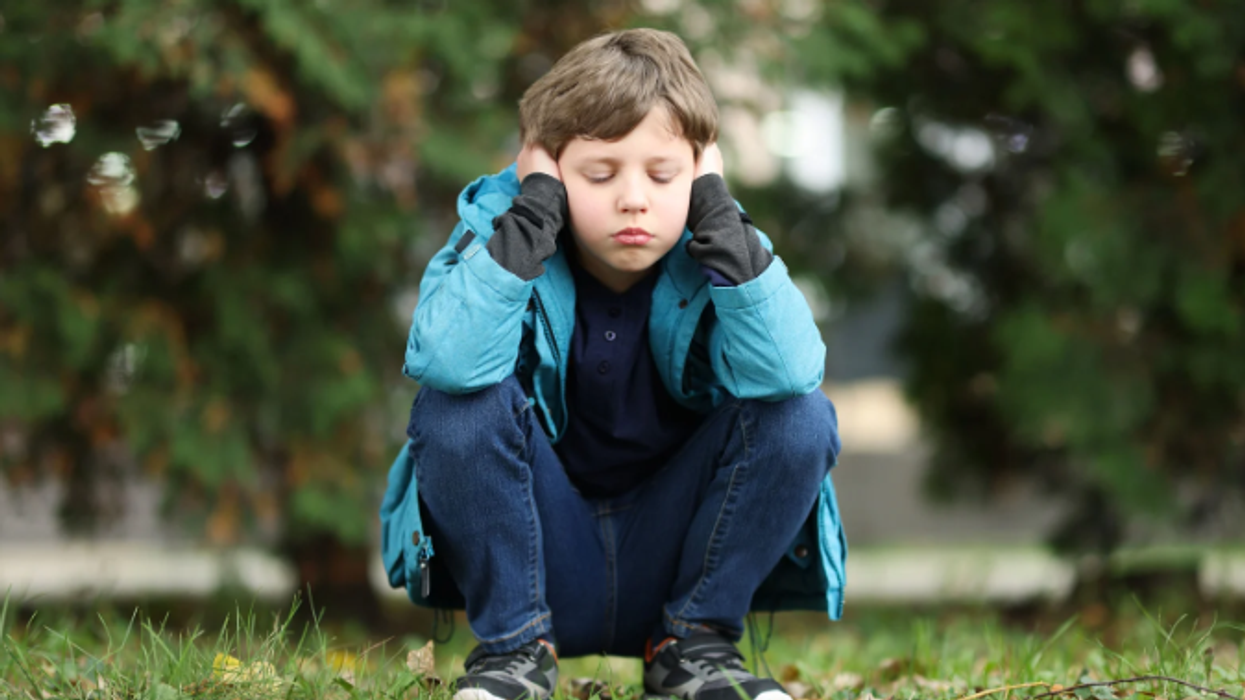














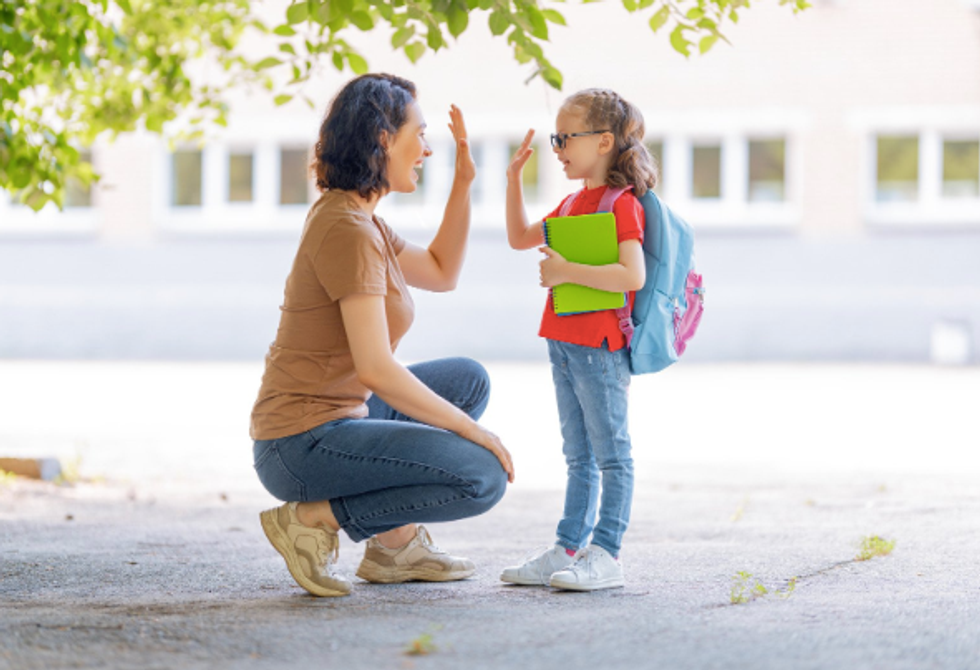 Toddlers especially are curious and constantly testing boundaries which can lead to frustration for parents. Finding the right balance between patience and effective communication is keyYuganov Konstantin/Canva
Toddlers especially are curious and constantly testing boundaries which can lead to frustration for parents. Finding the right balance between patience and effective communication is keyYuganov Konstantin/Canva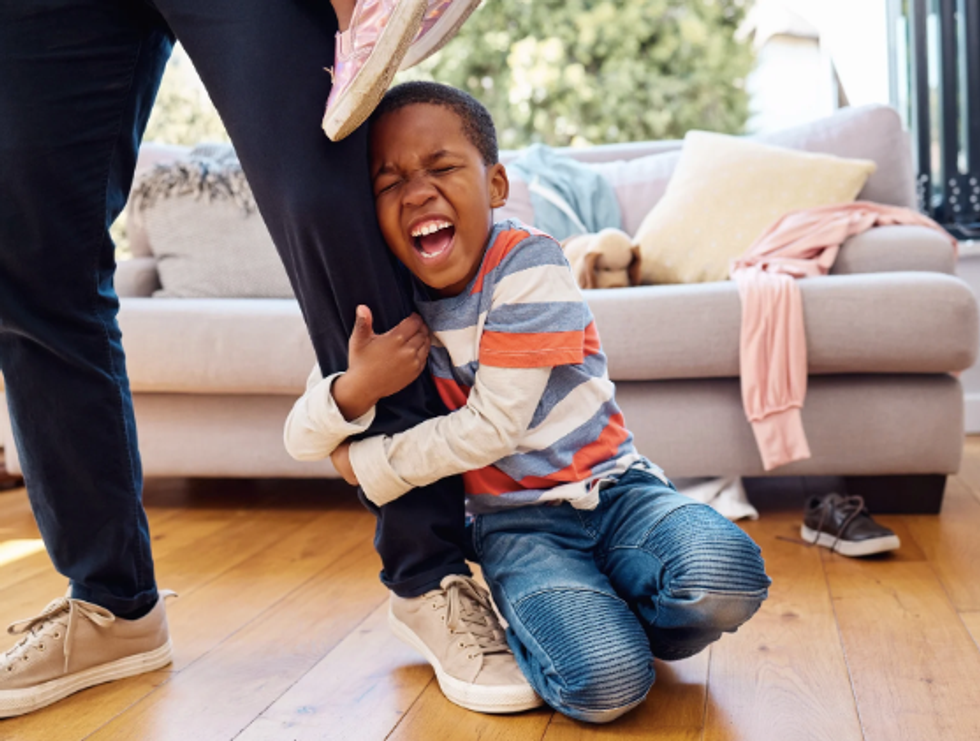 Montessori Academies teach awareness and respect of their environment as part of their educational program. By encouraging your child to use an indoor voice and signals to them peace.Yuri Arcurs/Canva
Montessori Academies teach awareness and respect of their environment as part of their educational program. By encouraging your child to use an indoor voice and signals to them peace.Yuri Arcurs/Canva When young children are overwhelmed, they go into survival mode and logic flies out the window. Their nervous system goes into fight-or-flight and they need help from you to regulate their emotions. Evengy Atamaneko/Canva
When young children are overwhelmed, they go into survival mode and logic flies out the window. Their nervous system goes into fight-or-flight and they need help from you to regulate their emotions. Evengy Atamaneko/Canva 
 There are plenty of low or no-cost date ideas.Canva
There are plenty of low or no-cost date ideas.Canva Couples can energize their relationship by finding bonding moments that reignite their wonder.Canva
Couples can energize their relationship by finding bonding moments that reignite their wonder.Canva
 Representative Image: Busy hands working on a garment.
Representative Image: Busy hands working on a garment.  "SPEECHLESS!" Facebook I
"SPEECHLESS!" Facebook I  "God is really good!"Facebook I
"God is really good!"Facebook I 
 Representative Image: Disney World made the perfect surprise.
Representative Image: Disney World made the perfect surprise.  Image source: TikTok |
Image source: TikTok |  Image source: TikTok |
Image source: TikTok |  Image Source:
Image Source: 
 A couple attends a funeralCanva
A couple attends a funeralCanva A therapist consults with a patientCanva
A therapist consults with a patientCanva A father and young son giving each other the silent treatmentCanva
A father and young son giving each other the silent treatmentCanva  Woman walks alone on the beachCanva
Woman walks alone on the beachCanva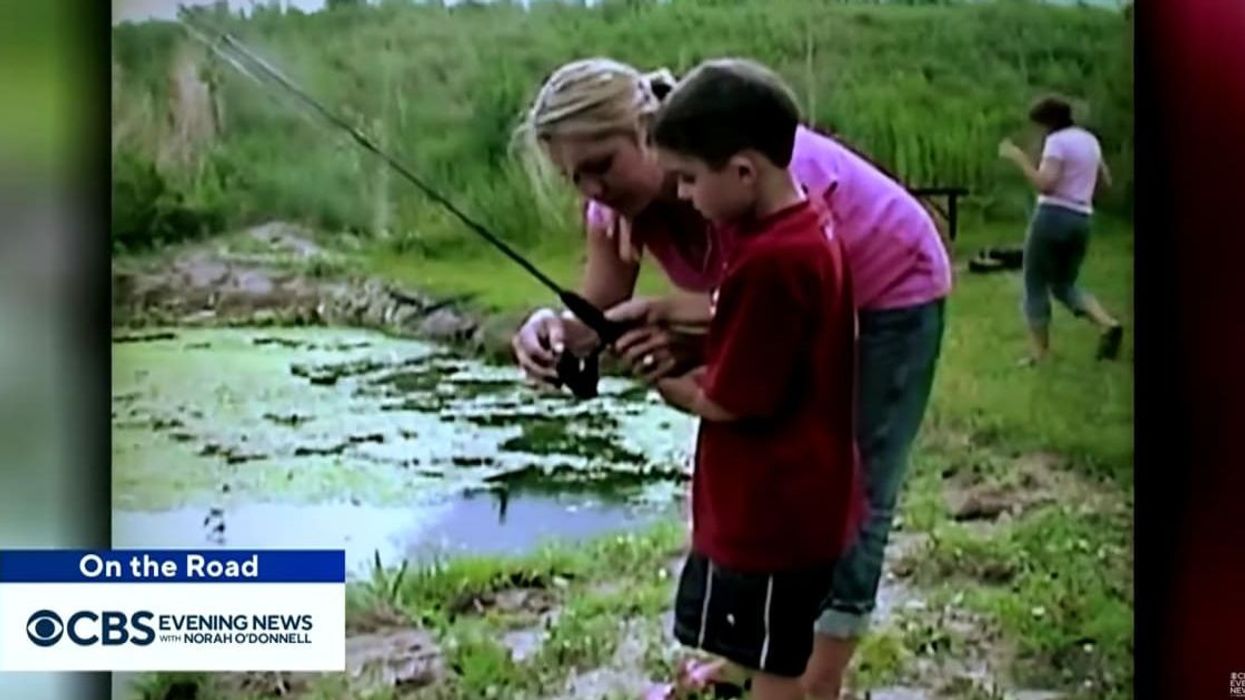
 Representative Image: Three days wasn't enough time to bond with her new son. Pexels | Photo by Paige Thompson
Representative Image: Three days wasn't enough time to bond with her new son. Pexels | Photo by Paige Thompson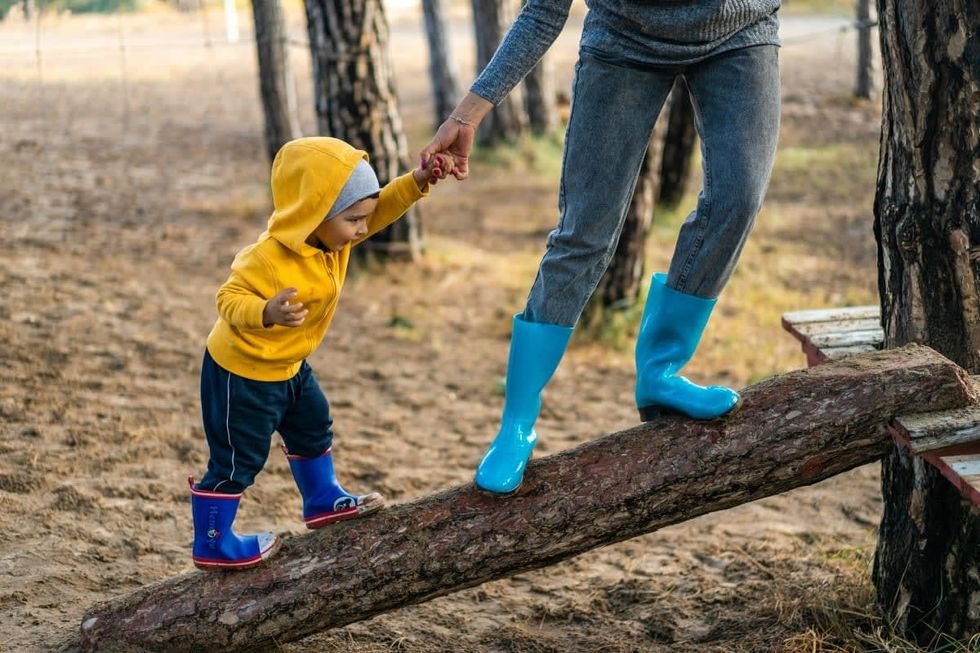 Representative Image: Getting to participate in her sons life was an unexpected gift. Pexels | Photo by Oleksandr P.
Representative Image: Getting to participate in her sons life was an unexpected gift. Pexels | Photo by Oleksandr P. "The world needs more of them." Image Source: YouTube I
"The world needs more of them." Image Source: YouTube I  "Best parents I've ever head about !!!!"Image Source: YouTube I
"Best parents I've ever head about !!!!"Image Source: YouTube I